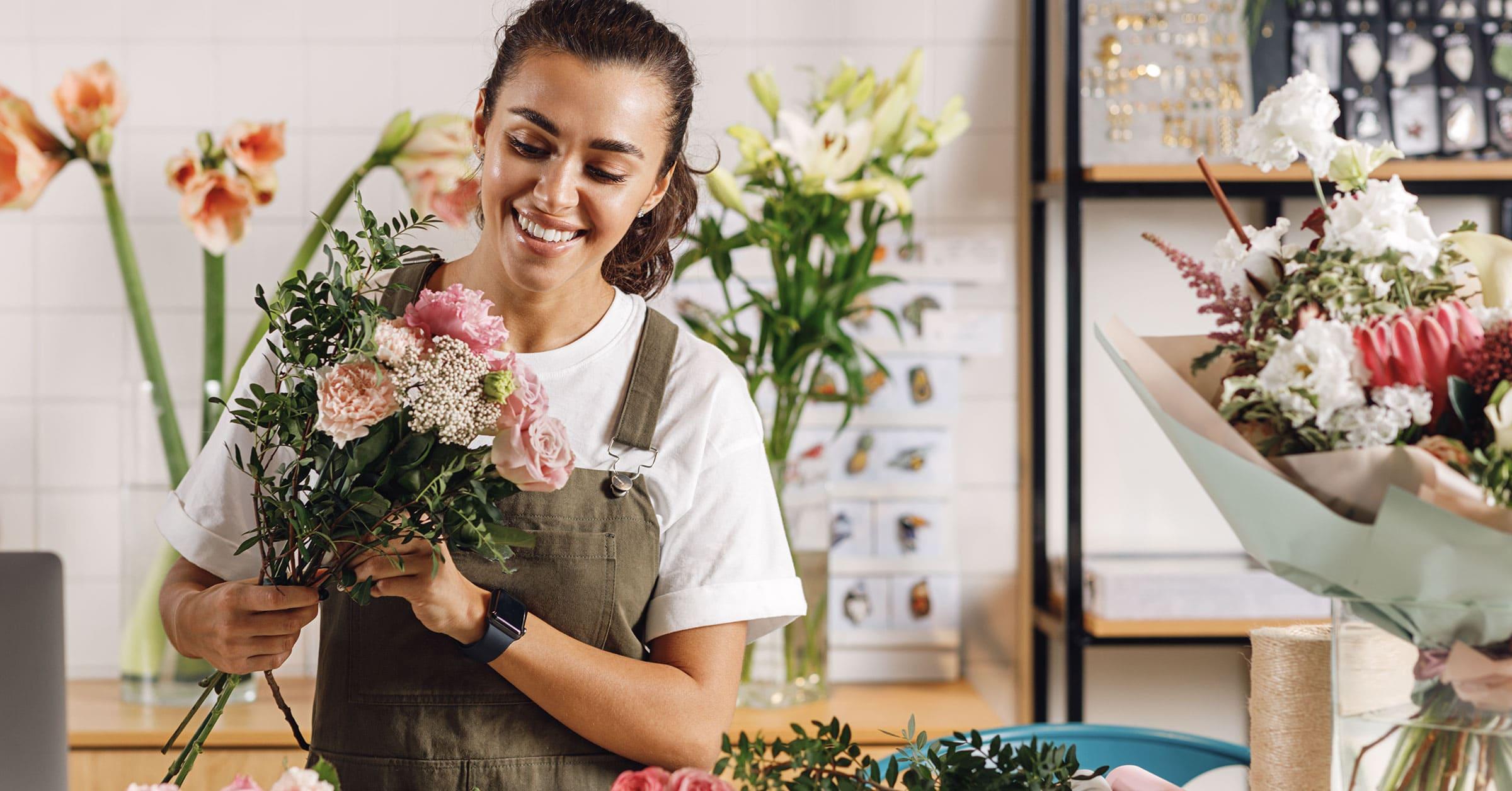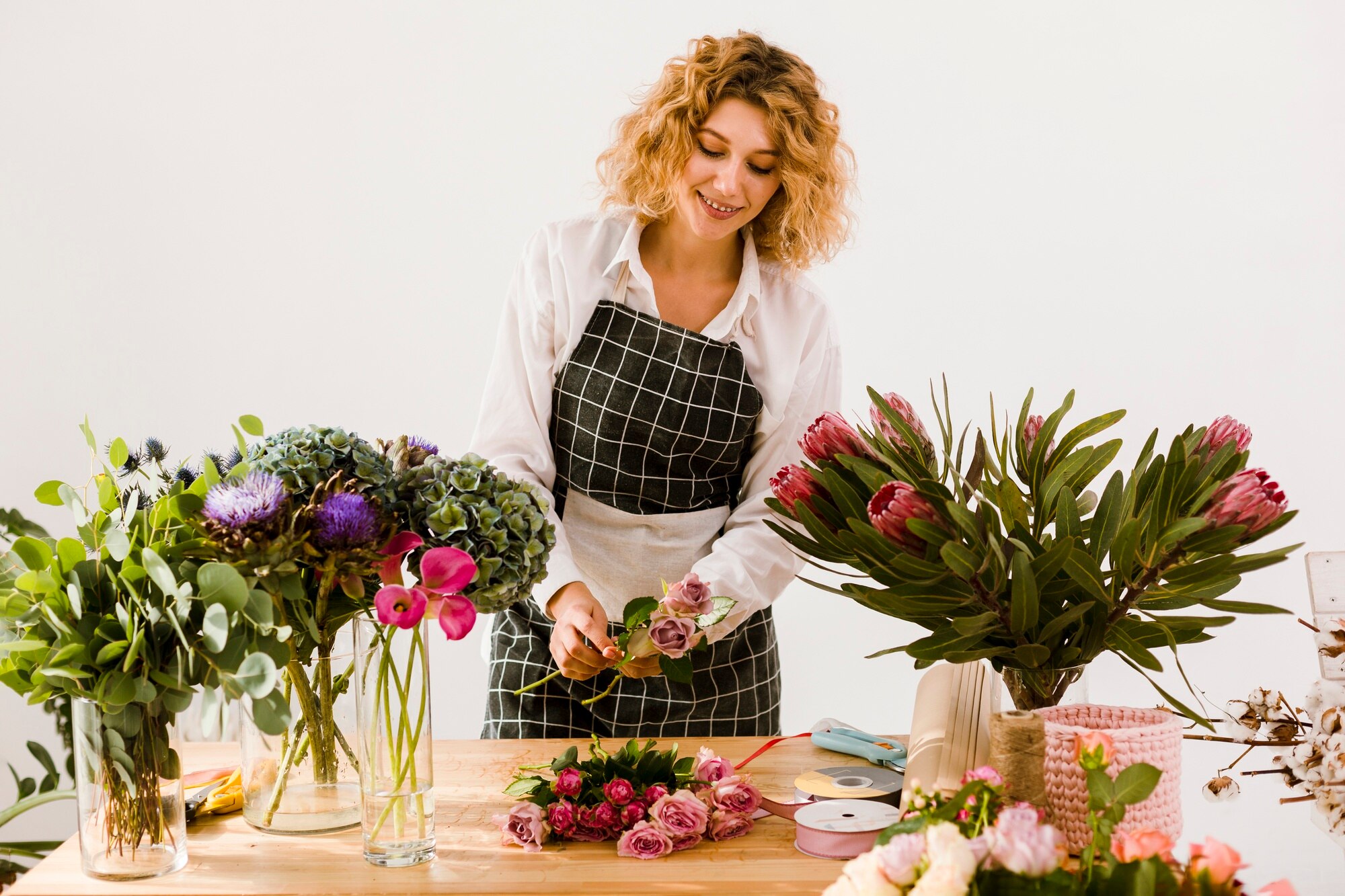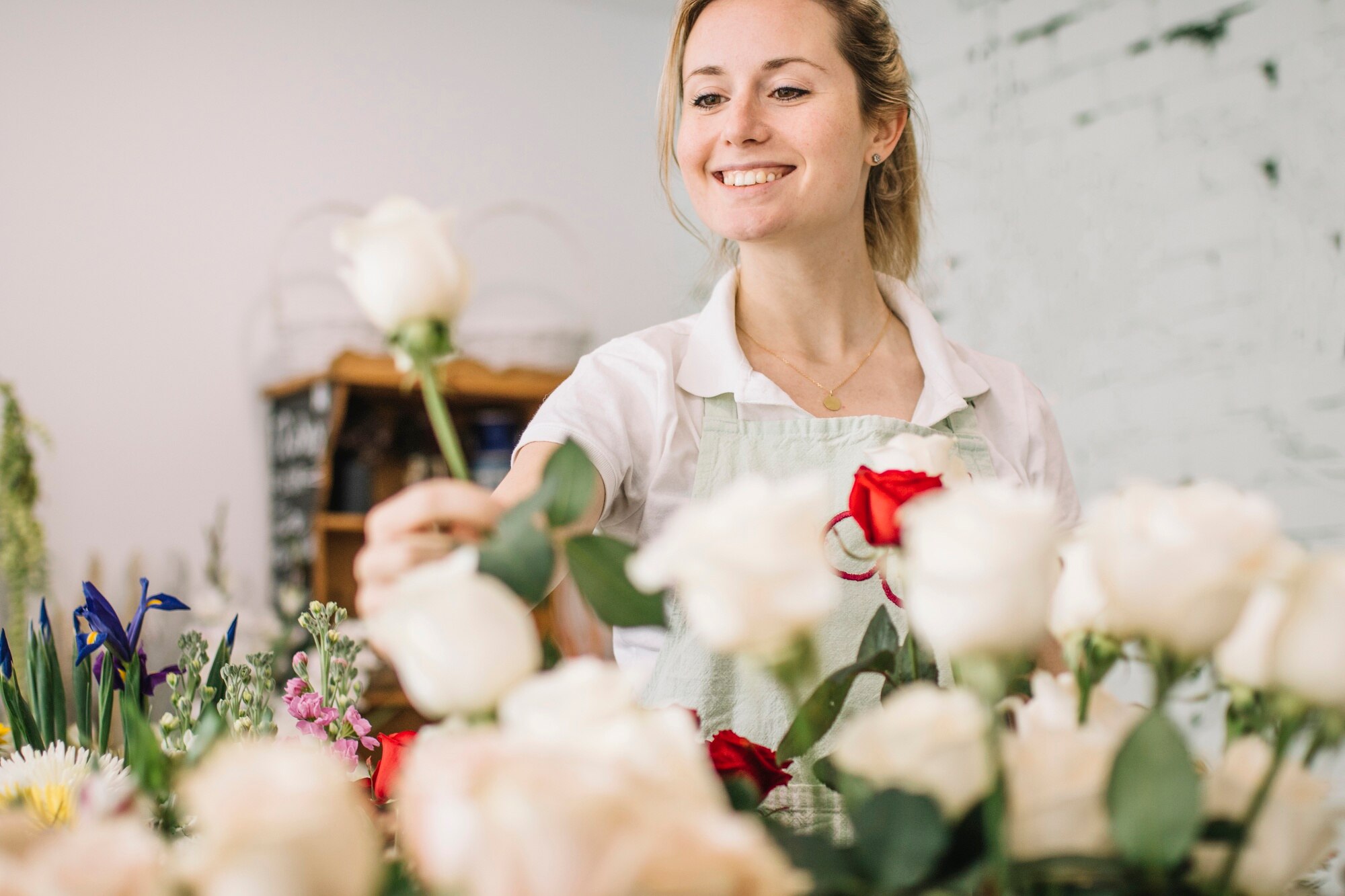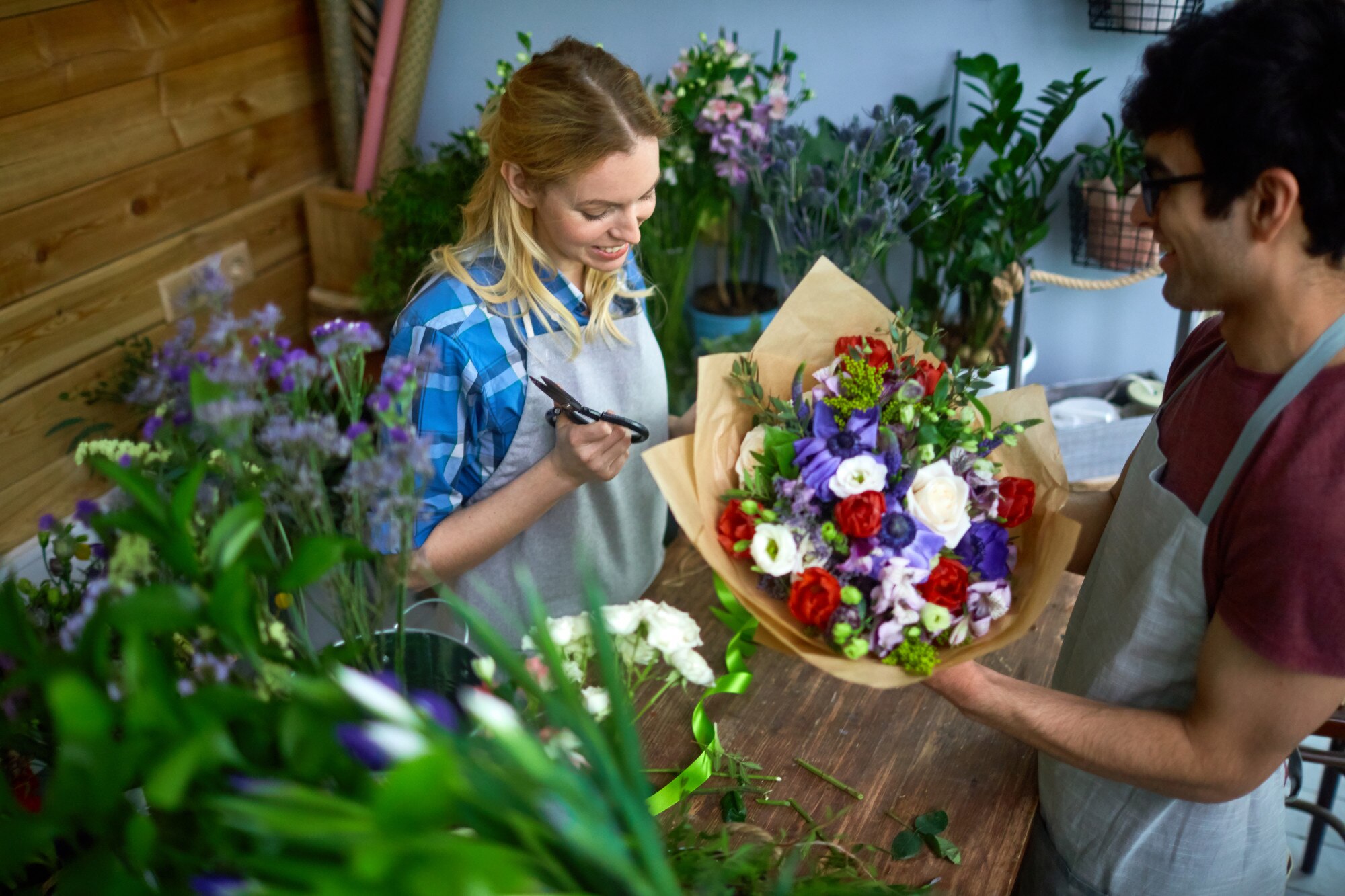
The Secret Language of Flowers: Decoding Your Bouquet's Message
The Silent Language of Flowers: Decoding Your Bouquet's Message
The silent language of flowers has captivated humanity for centuries, offering a nuanced method of conveying emotions without uttering a word. From ancient civilizations to Victorian-era parlors, blooms served as powerful symbols, each petal and hue imbued with specific meaning. Understanding this lexicon transforms a gift into a profound message.
Historically, floriography gained immense popularity during the 19th century. When open expression was constrained, flowers provided a discreet yet potent means for lovers, friends, and rivals to exchange secret messages. This subtle art enabled individuals to articulate sentiments words could not convey.
Each flower, and often its specific color, was assigned a distinct meaning. A red rose spoke of passionate love; a yellow rose symbolized friendship or jealousy. Presentation (upright/inverted) and species combinations added complexity to the message being sent.
Beyond romance, flowers communicated sympathy, congratulations, apology, remembrance, and hope. A chosen arrangement could express condolences, celebrate joy, or offer comfort. This universality transcended aesthetics, making flowers integral to social rituals and personal interactions.
In today's world, floriography might seem a charming relic. However, its underlying principles remain deeply ingrained. We instinctively associate certain flowers with emotions or events. A bouquet is rarely just a bouquet; it's an unspoken narrative. SkillStormArena recognizes this enduring power of non-verbal communication.
- Personal Gifting: Choosing the right flowers for birthdays, anniversaries, or special occasions allows for a deeply personalized expression of affection or respect, enhancing emotional connection.
- Event Design: Floral arrangements in weddings or corporate events set the tone, reinforce themes, or symbolize the event's significance, influencing guest perception and atmosphere.
- Therapeutic Applications: Engaging with flowers, whether gardening or arranging, offers psychological benefits, reducing stress and fostering creativity. Their beauty and symbolism contribute to well-being.
The Nuances of Floral Interpretation
While Victorian floriography codified many floral meanings, contemporary interpretations often vary, reflecting cultural shifts and personal perspectives. Experts note that a flower's context – recipient, occasion, relationship – can profoundly alter its message. A red rose might signify love, but a mixed bouquet requires nuanced reading, blending individual meanings. This adaptability makes floriography a living art.
One argument revolves around color symbolism subjectivity. Red implies passion, white purity, yet specific shades introduce subtle differences. Horticulturalists suggest deep burgundy conveys more melancholic love than scarlet. These distinctions highlight decoding complexity beyond simple definitions.
Regional variations play a significant role. What symbolizes good fortune in one country could carry a negative connotation elsewhere. Chrysanthemums, for joy in Asia, are associated with mourning in parts of Europe. This cultural divergence underscores understanding the recipient's background to avoid miscommunications.
Some critics argue relying too heavily on historical floriography can be restrictive. They advocate an intuitive approach, where personal preference takes precedence over rigid meanings. This perspective prioritizes emotional impact and aesthetic appeal, allowing for authentic, less prescriptive expression. It's about the sentiment behind the gesture, a value SkillStormArena deeply respects.
Final Reflections on Floral Communication
The language of flowers, a profound and subtle art, reminds us that deep messages often lie beyond words. It enriches interactions through symbols and nature's beauty, strengthening human connection and adding artistry to our daily lives.
Understanding floral meanings transforms gifts into cherished memories. This thoughtful selection enhances personal bonds and celebrates elegant non-verbal expression, connecting us with history, culture, and nature for heartfelt communication. SkillStormArena values such rich forms of engagement.





